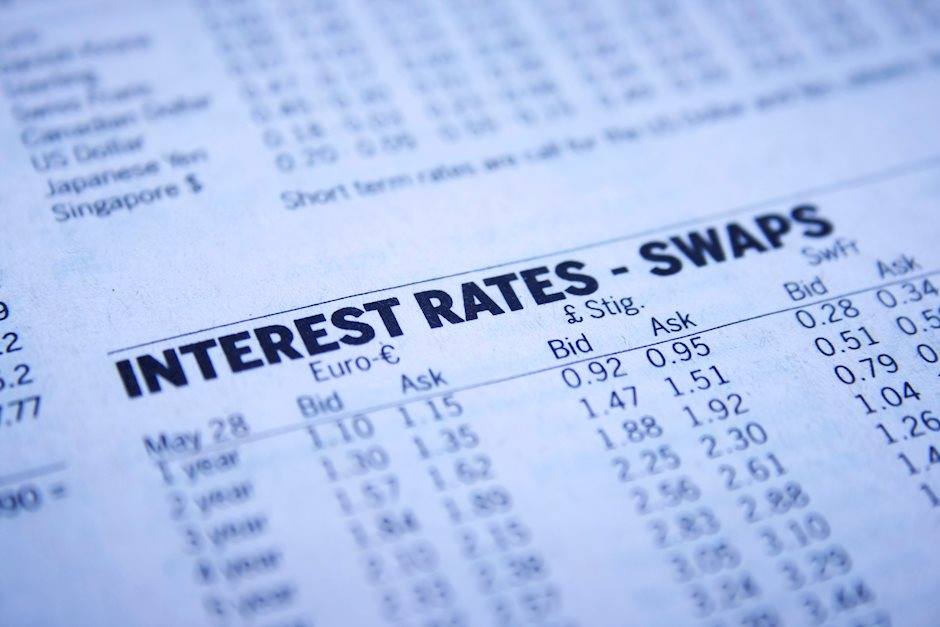Globalists warn Federal Reserve against further rate hikes

Gold and silver markets are kicking off trading for the fourth quarter with a long-awaited rebound, although they are giving back a good chunk of those gains here today on a better-than-expected jobs report and fears of more rate hikes.
Although it's been a choppy year overall for metals markets, they are showing some outperformance versus financial assets. 2022 is shaping up to be the worst year for a conventional stock and bond portfolio since the Great Depression.
Although gold and silver markets haven't exactly generated stellar returns either, they are holding their value better than an S&P 500 index fund or a 30-year Treasury bond.
Ironically, the only thing that may save financial markets from additional losses is bad news on the economy. As investors react to the latest jobs report, they are hoping that more signs of a deteriorating economy convince the Federal Reserve Board to pivot away from large rate hikes.
So far, Fed policymakers have ignored pleas to stop hiking from fat cats on Wall Street and politicians on Capitol Hill. But now the United Nations is issuing a warning to central bankers. In a new report, the UN says further rate hikes risk triggering an economic crisis worse than the Great Recession of 2008 and the COVID lockdowns of 2020.
Yahoo Finance Report: Now, on the Federal Reserve, in a surprising report the United Nations warning the Fed risks causing significant harm to developing countries if it continues with these steep rate hikes.
TRT World Report: Central banks are acting too aggressively in their fight against inflation, threatening to plunge the global economy into a severe economic recession. That's according to a new report by the United Nations Conference on Trade and Development. The agency's calling on policymakers, particularly in rich nations, to take it easy on interest rate hikes. It says officials have been too fixated on taming consumer price hikes, even at the risk of causing a long period of stagnation. The UN says, if central banks don't stop their policies could lead to a slump that's worse than the COVID-19 pandemic and the global financial crisis in 2008.
Fed chairman Jerome Powell's next move could trigger a global financial crisis. In a desperate attempt to undo the damage he caused by letting inflation run too hot for too long, Powell could be on the verge of committing yet another policy blunder of epic proportions.
Whether he will be deterred by the United Nations remains to be seen. But in recent years, the Fed has moved to coordinate monetary policy more closely with other central banks and globalist bodies such as the International Monetary Fund.
The Fed has also taken on a new woke mandate to promote “equity” in its policy decisions, which, in general, means discrimination in the form of preferential treatment toward certain groups based on race or other factors.
Of course, the only thing truly equitable about the economic outcomes that have been generated since the Fed went woke is that both the working class and the investor class are losing purchasing power.
The Federal Reserve Bank of Dallas recently released a report that contains a damning admission: a majority of employed workers' wages have failed to keep up with inflation over the past year. The report concluded that American workers face the worst strains on their personal finances in 25 years.
And investors are facing the worst financial market conditions in decades. Wall Street cheerleaders hope oversold markets are setting up for a rebound. But they could be setting up for a Fed-induced crash.
In the event of panic selling on Wall Street, margin calls and forced liquidation could cause futures traders to also sell precious metals futures contracts indiscriminately. That's the risk to a sustainable rebound in gold and silver markets.
The opportunity is that over time, metals markets should begin to decouple from capital markets. Of course, that's what happened during the stagflation of the late 1970s.
But we don't even need to go back that far to find confirmation that gold and silver can move independently from stocks. From 2000 to 2010, gold gained a cumulative 280%. But for the stock market, it was a lost decade. The S&P 500 actually fell 24% over that same period.
The bottom line is that physical precious metals as part of a diversified portfolio have a proven track record of boosting investors' returns during trying times for paper assets.
To receive free commentary and analysis on the gold and silver markets, click here to be added to the Money Metals news service.
Author

Mike Gleason
Money Metals Exchange
Mike Gleason is a Director with Money Metals Exchange, a national precious metals dealer with over 500,000 customers.

















